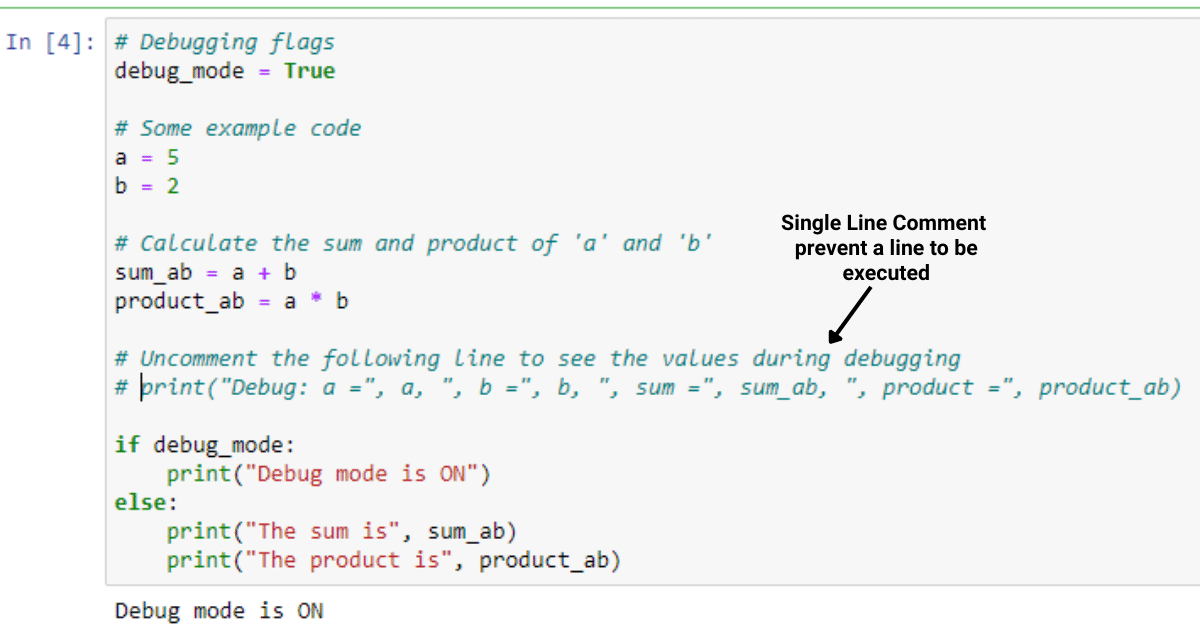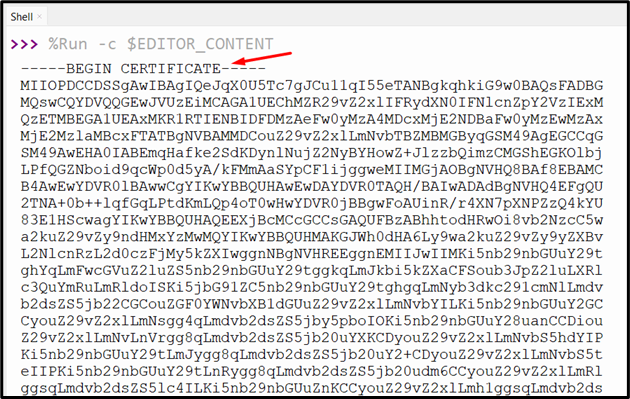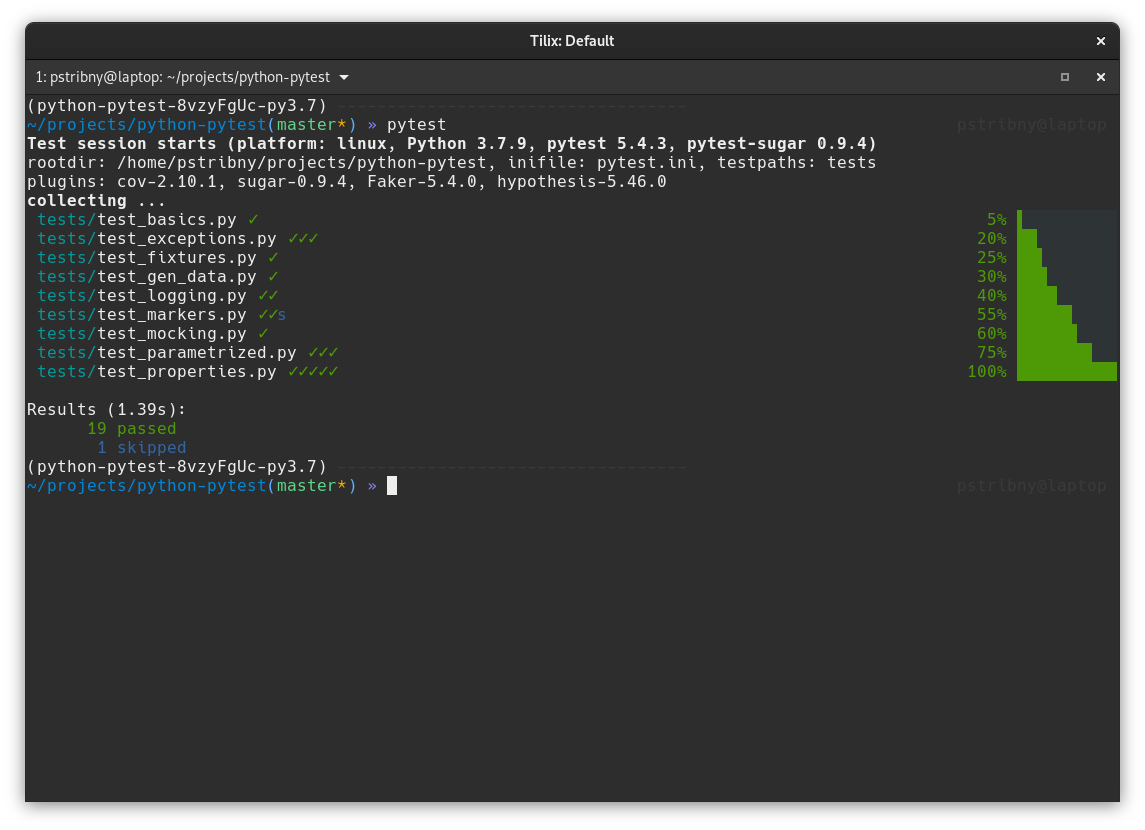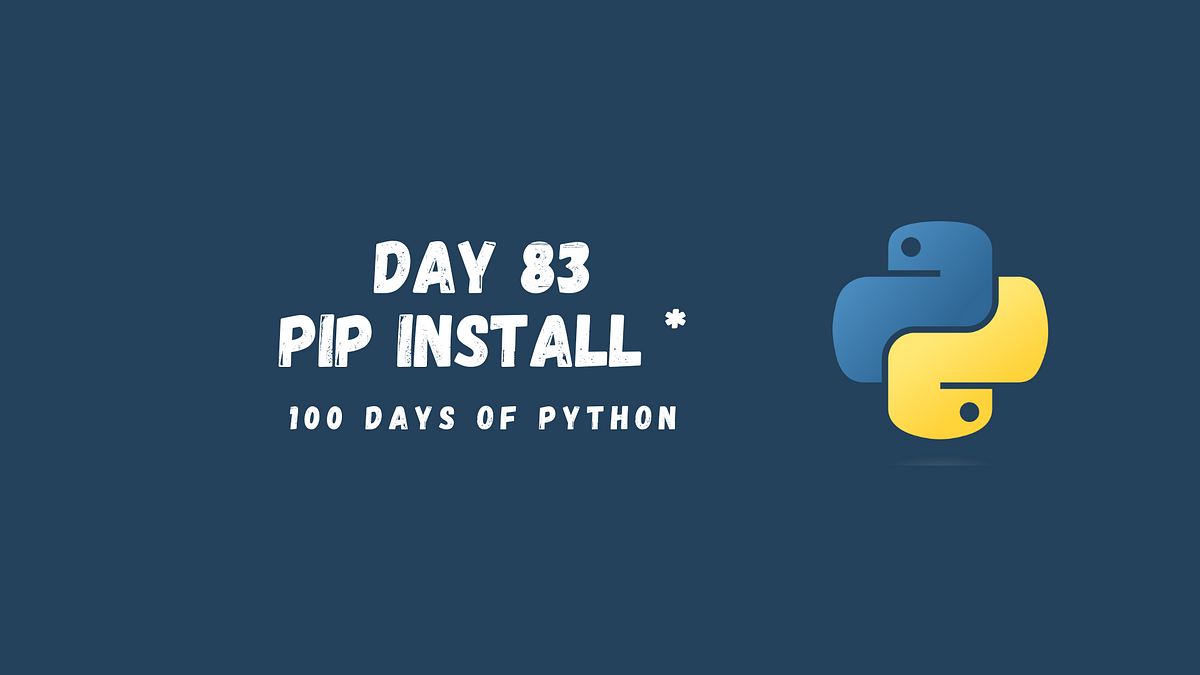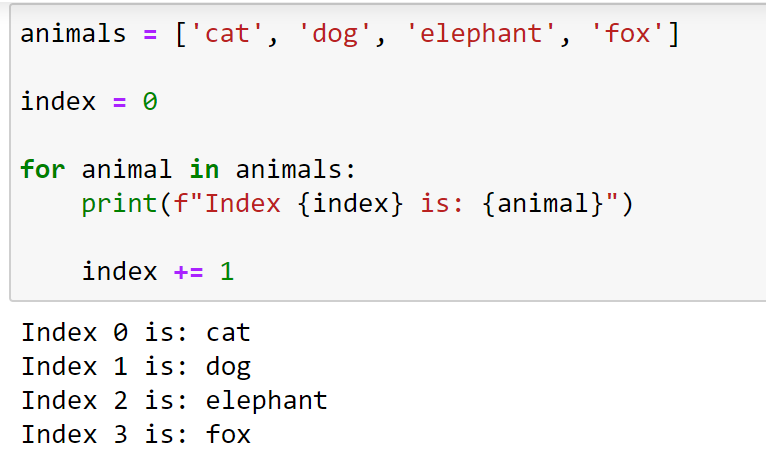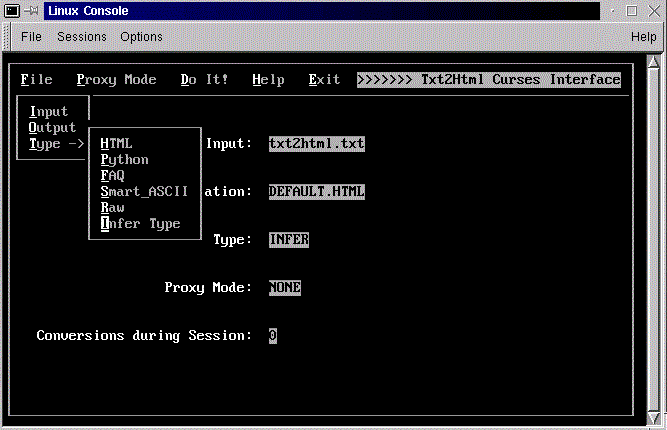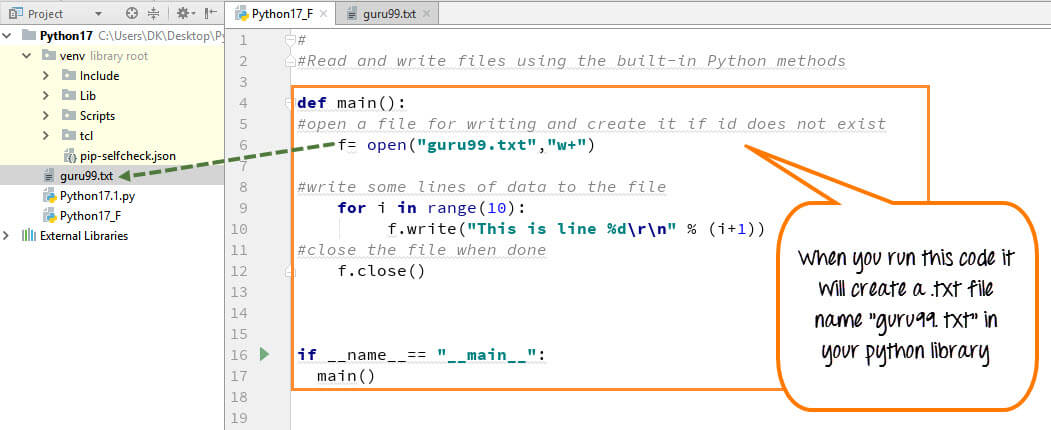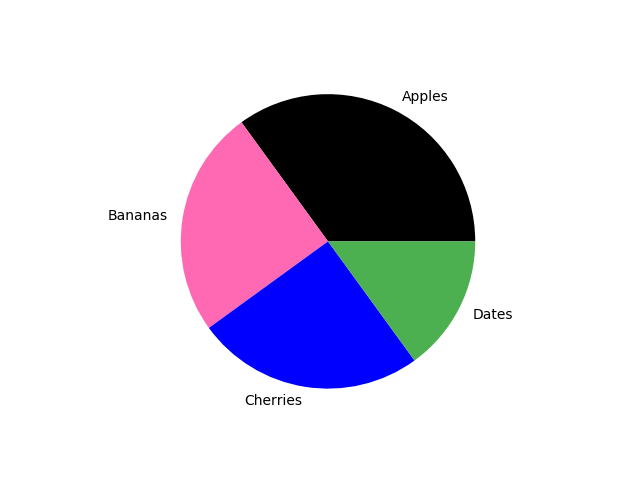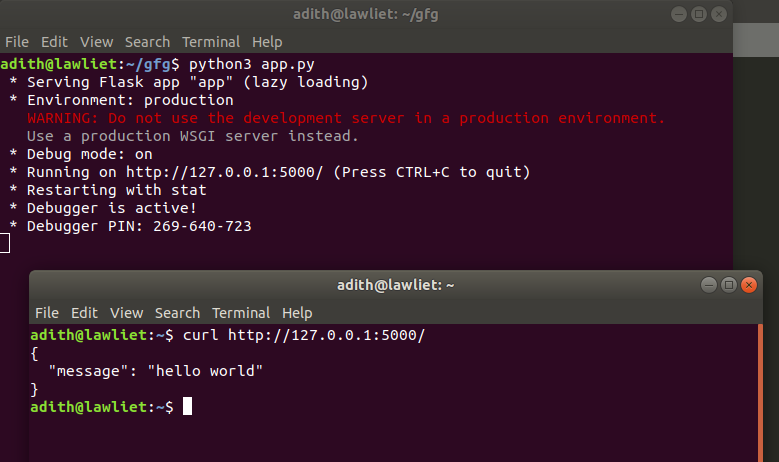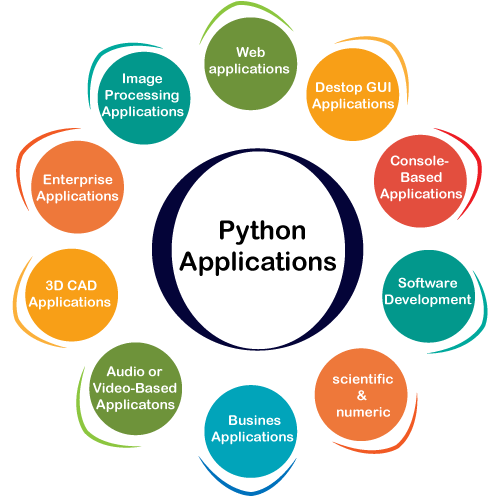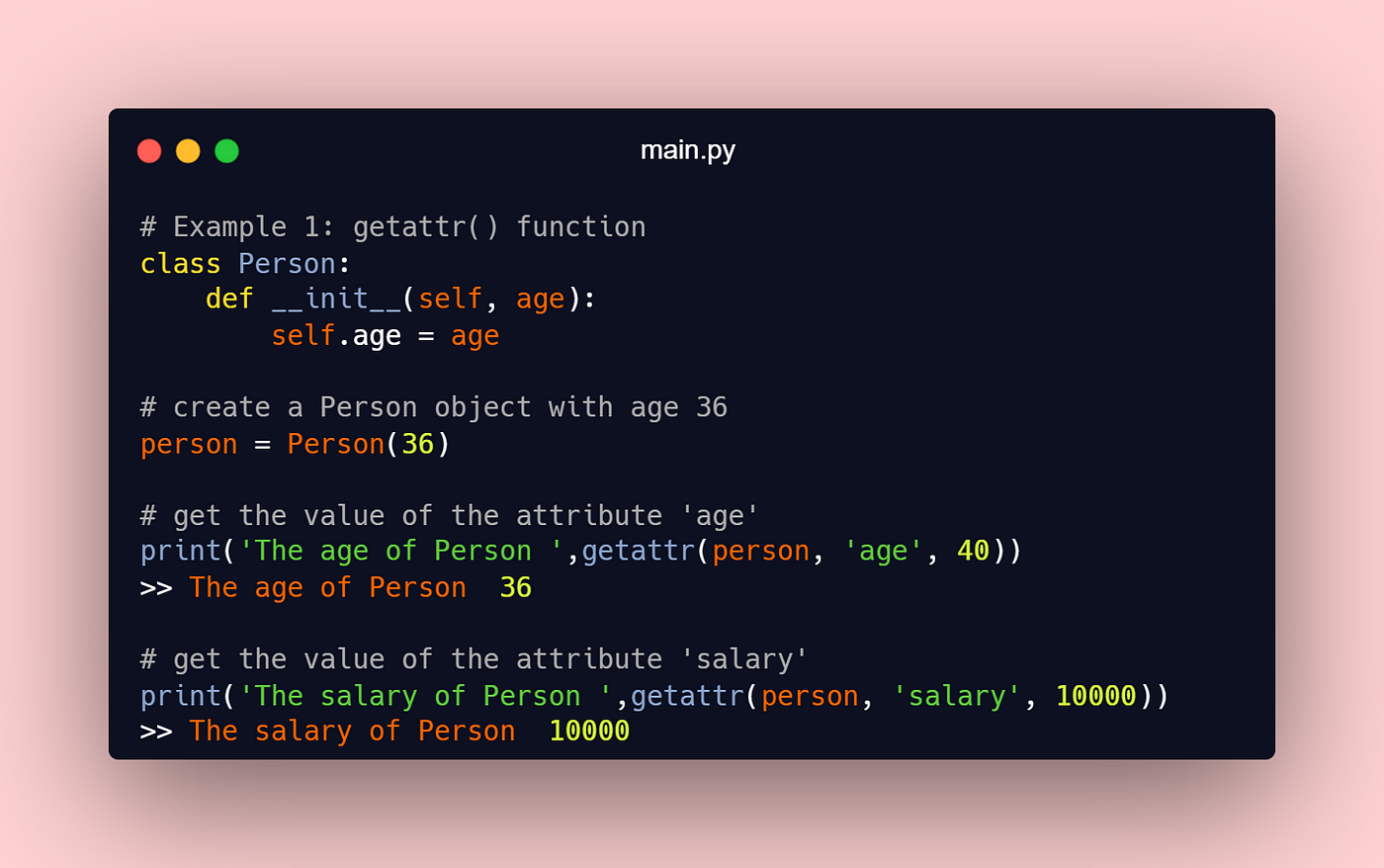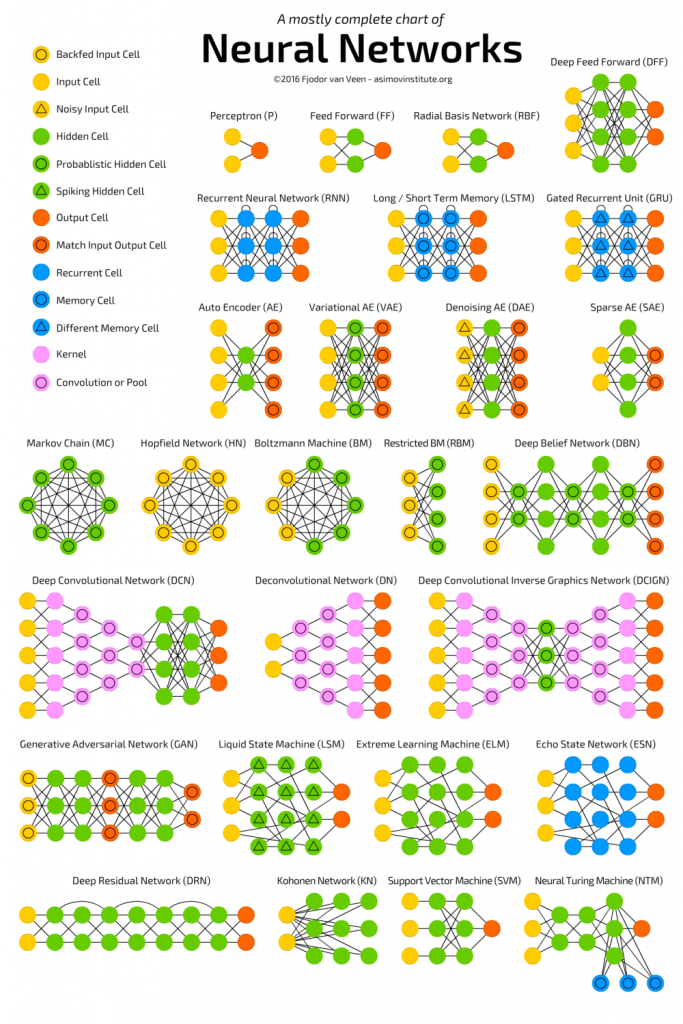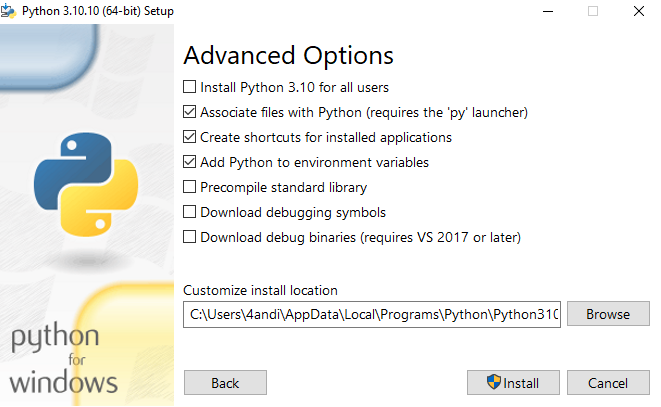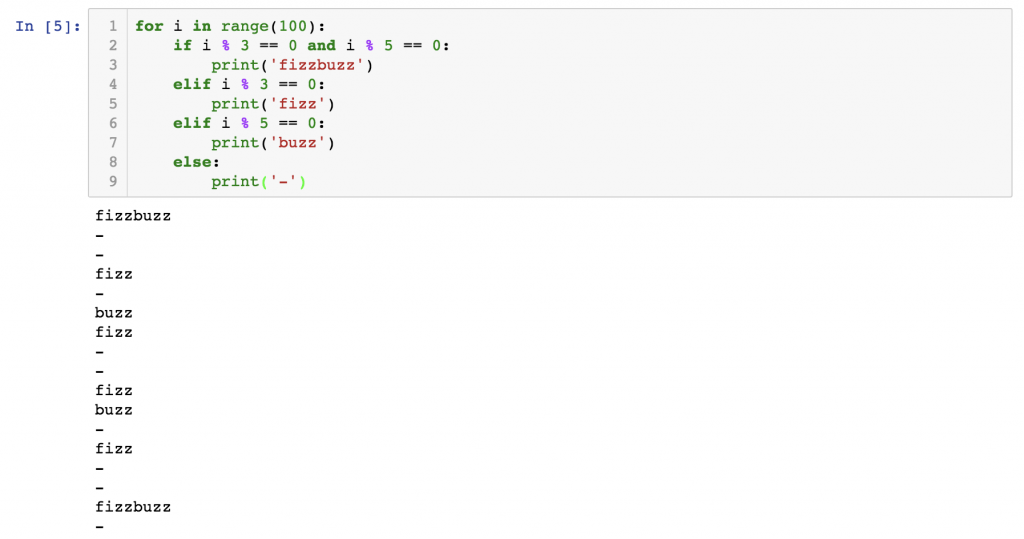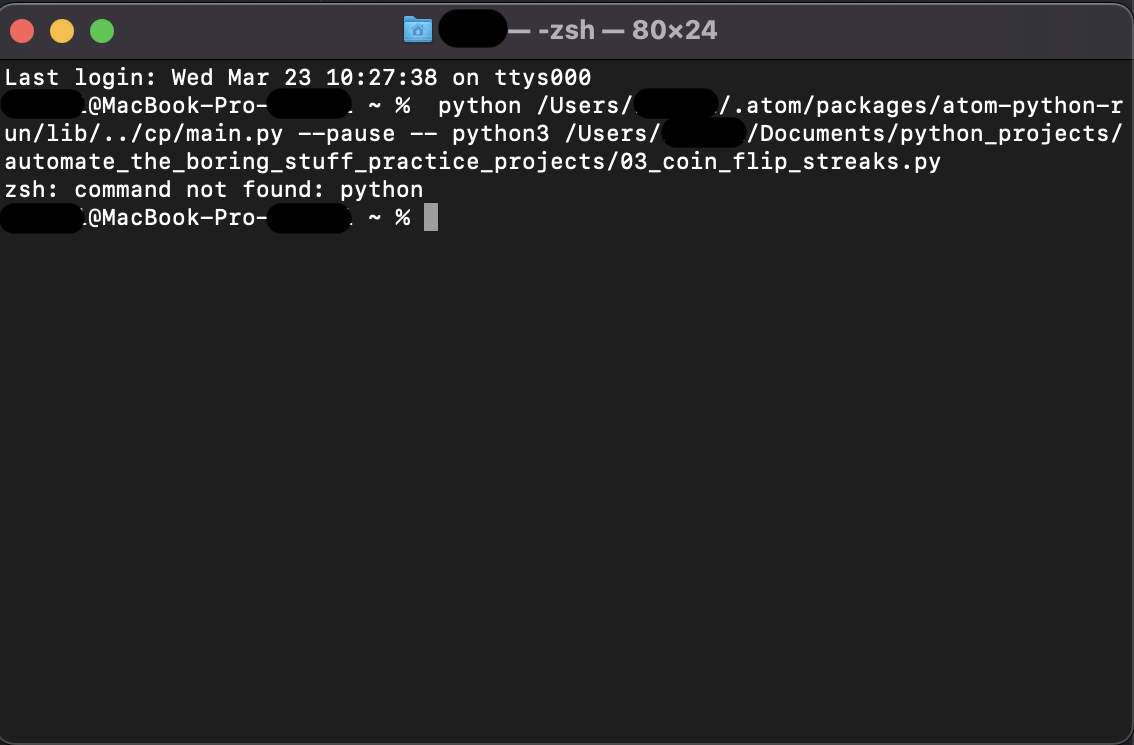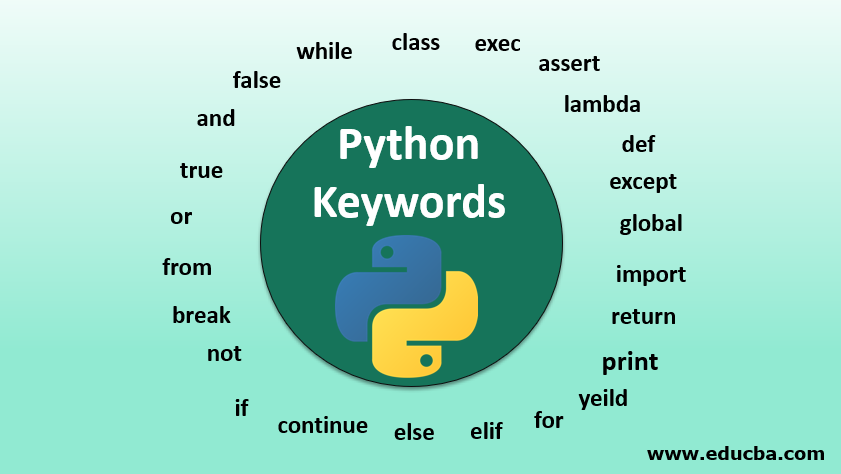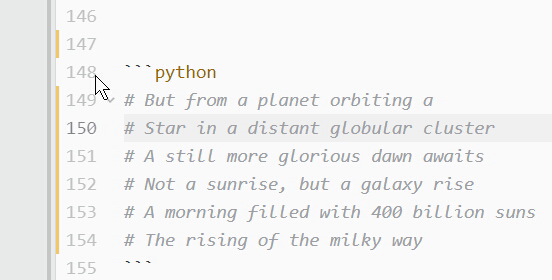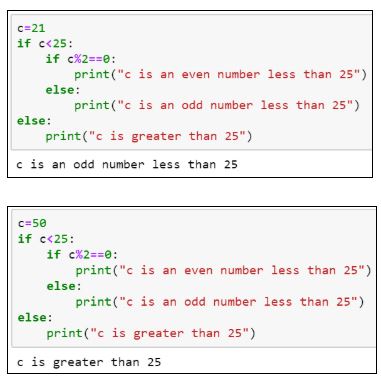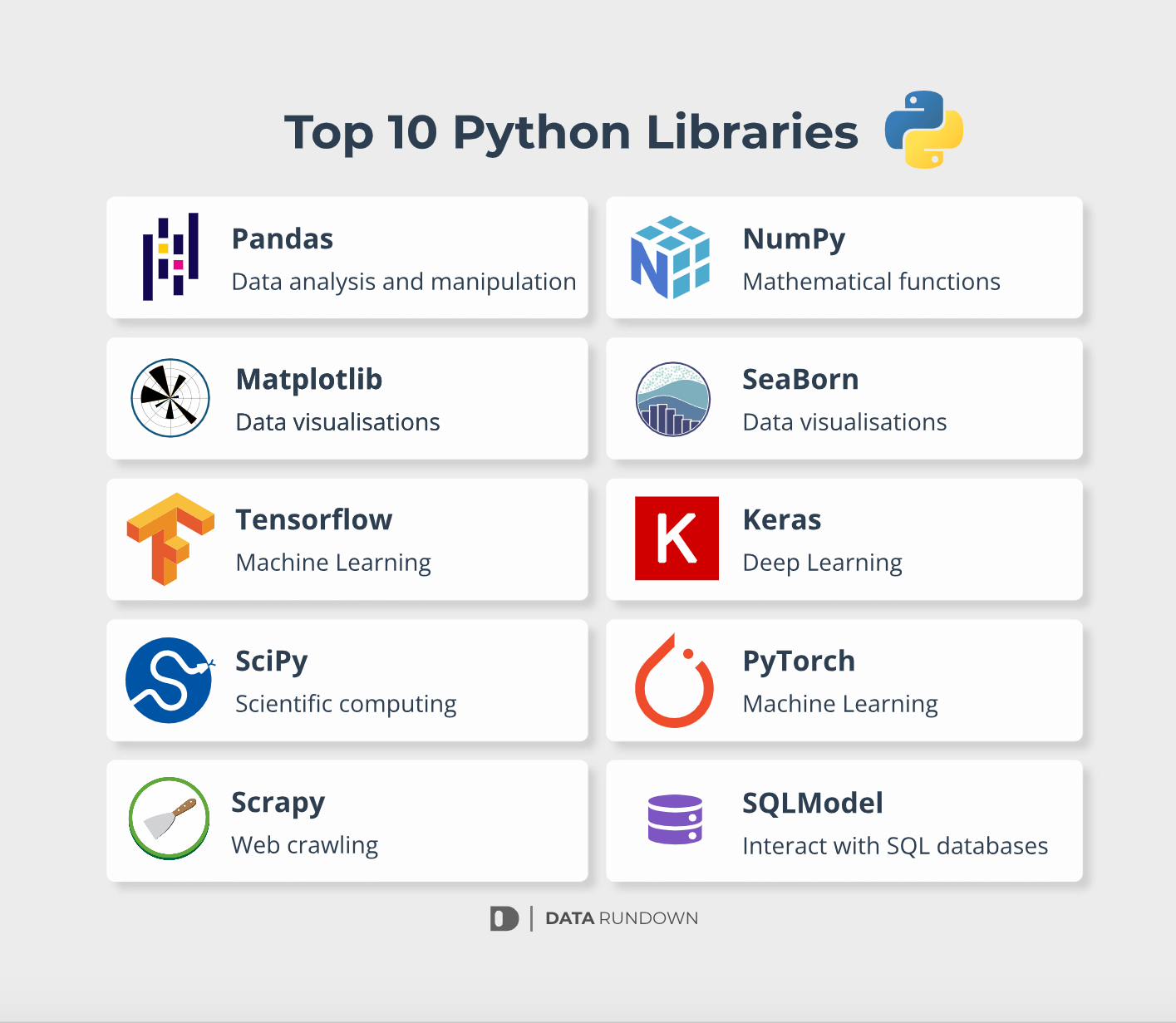Is Python functional or procedural?
Is Python functional or procedural?
Python is a multi-paradigm programming language that supports both functional and procedural programming styles.
Procedural Programming:
In procedural programming, programs are constructed using procedures, functions, and subroutines. Each procedure performs a specific task, and they can call each other to achieve more complex tasks. Python's support for procedural programming includes the following features:
Functions: Python has built-in support for defining functions that can be reused throughout the program. Modules: Python's module system allows you to organize code into reusable modules that can be imported and used in other parts of the program. Subroutines: You can define your own subroutines (functions) within a module or script.For example, here's a simple procedural programming example in Python:
def greet(name):
print(f"Hello, {name}!")
greet("John") # Output: Hello, John!
greet("Jane") # Output: Hello, Jane!
In this example, the greet function is defined as a procedure that takes a name parameter and prints out a greeting message. The function can be called multiple times with different input parameters.
Functional Programming:
Python also supports functional programming concepts, such as:
Higher-order functions: Python allows you to define functions that take other functions as arguments or return functions. Map, filter, and reduce: Python has built-in support for these higher-order functions, which are commonly used in functional programming. For example:def double_numbers(numbers):
return list(map(lambda x: x * 2, numbers))
numbers = [1, 2, 3, 4, 5]
result = double_numbers(numbers)
print(result) # Output: [2, 4, 6, 8, 10]
In this example, the double_numbers function takes a list of numbers and returns a new list with each number doubled. The map function is used to apply the lambda function (which doubles a number) to each element in the input list.
numbers = [1, 2, 3, 4, 5]
squared_numbers = list(map(lambda x: x ** 2, numbers))
print(squared_numbers) # Output: [1, 4, 9, 16, 25]
In this example, the lambda function squares a number, and the map function applies it to each element in the input list.
Conclusion:
Python's flexibility allows you to use either procedural or functional programming styles (or both) depending on the problem you're trying to solve. The language provides features like functions, modules, subroutines, higher-order functions, map, filter, and reduce that support these programming paradigms. By understanding how Python supports both procedural and functional programming, you can write more effective and efficient code.
Is python oop or functional reddit
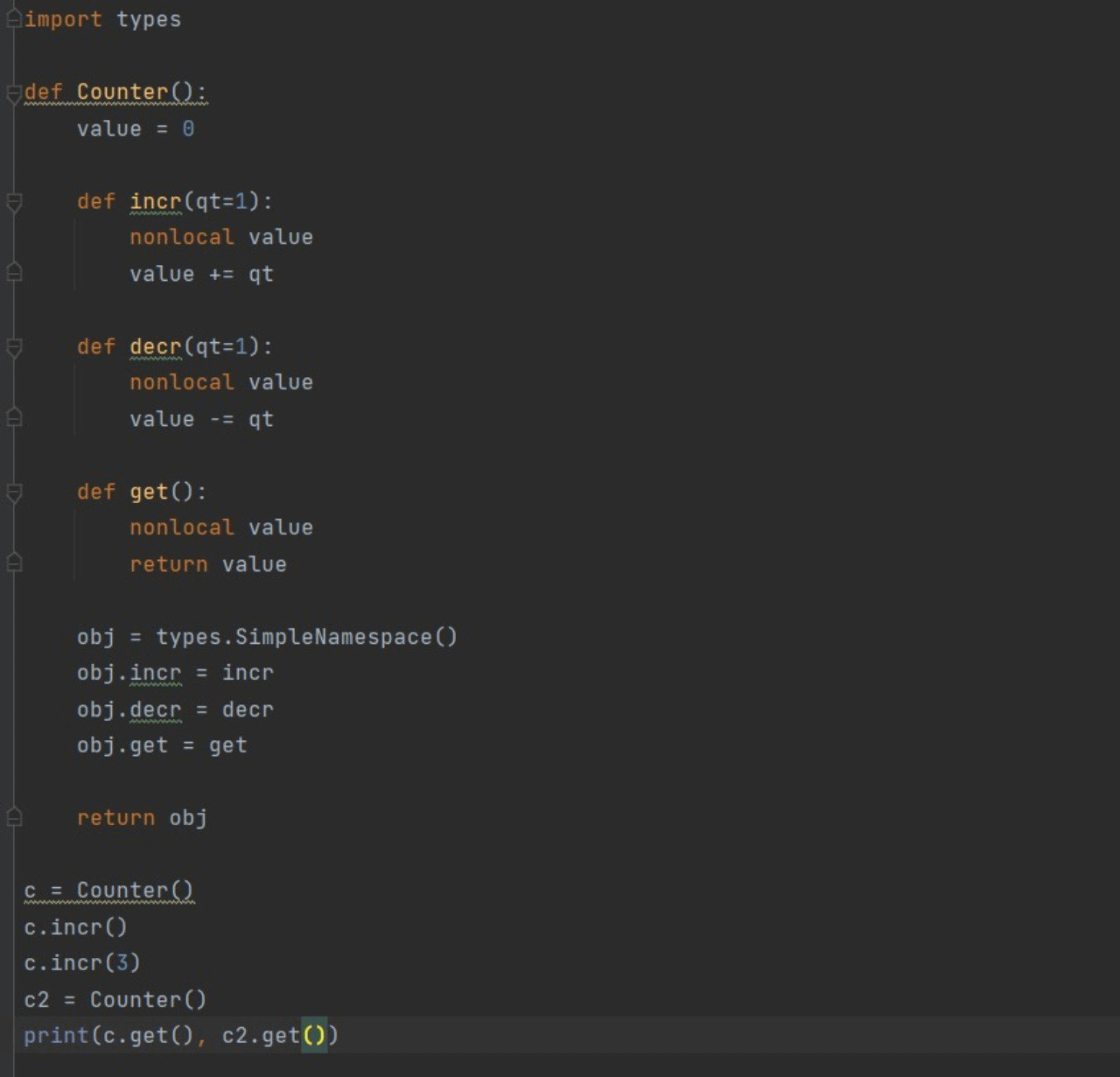
A question that has sparked debates and discussions among programmers for a long time! Python is often referred to as a multi-paradigm language, meaning it supports multiple programming paradigms, including Object-Oriented Programming (OOP) and Functional Programming (FP). In this response, I'll explore both perspectives.
Object-Oriented Programming (OOP)
Python's syntax and built-in features make it an excellent candidate for OOP. Here are some reasons why:
Classes: Python has a strong class-based object-oriented programming model. You can define classes with constructors, methods, and attributes.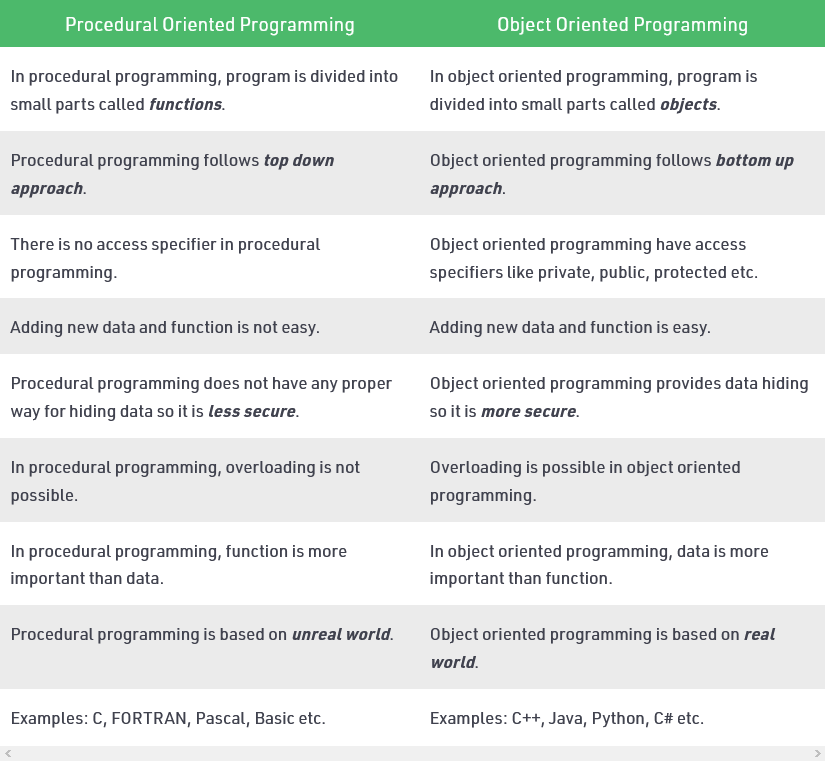
__init__ method can be used to encapsulate data and restrict access to certain attributes.
Many popular Python libraries and frameworks, such as Django and Flask, heavily rely on OOP principles. You'll often find classes representing models, views, and controllers in these frameworks.
Functional Programming (FP)
While Python is often associated with OOP, it's also an excellent choice for functional programming. Here are some reasons why:
Functions: Python has first-class functions, which means you can pass functions as arguments to other functions, return them from functions, and store them in data structures. Immutable Data: Python'stuple and frozenset types allow for the creation of immutable data structures, which is a key characteristic of functional programming. Recursion: Python supports recursion, which is a fundamental concept in functional programming. Higher-Order Functions: Python's ability to pass functions as arguments and return them from other functions makes it suitable for using higher-order functions.
Some popular Python libraries and frameworks that utilize FP principles include NumPy (for scientific computing), Pandas (for data manipulation), and scikit-learn (for machine learning).
Conclusion
In conclusion, Python is a multi-paradigm language that supports both OOP and FP. You can choose the programming paradigm that best suits your needs and goals. While many developers may favor one over the other, it's essential to understand the strengths of each paradigm and use them effectively in your projects.
Some notable projects that demonstrate Python's versatility include:
Requests: A popular Python library for making HTTP requests, which is an excellent example of functional programming. Django: A high-level web framework that uses OOP principles extensively. NumPy: A library for numerical computing that leverages functional programming.By embracing both OOP and FP paradigms, you can unlock the full potential of Python and create more robust, efficient, and scalable software solutions.
